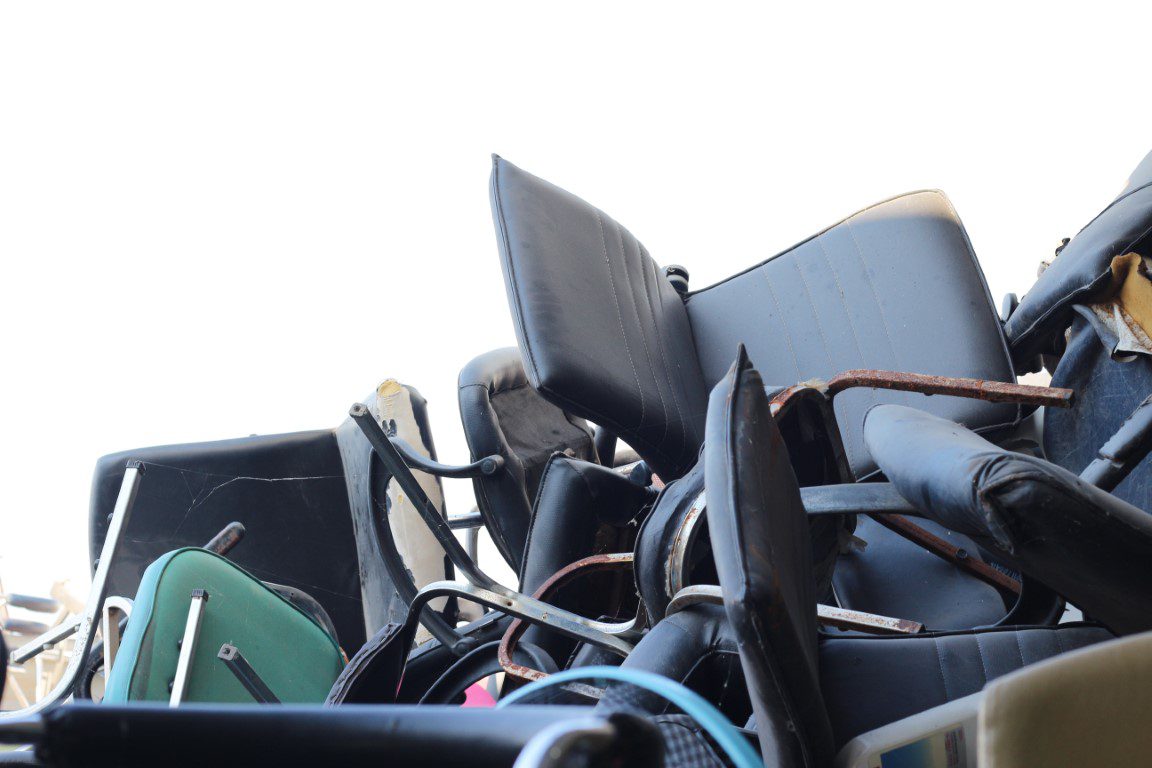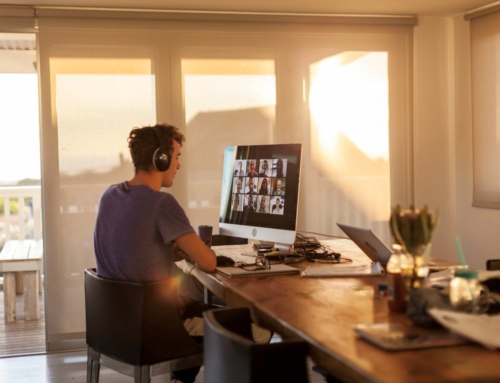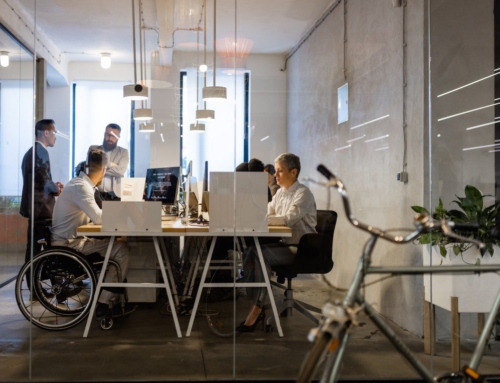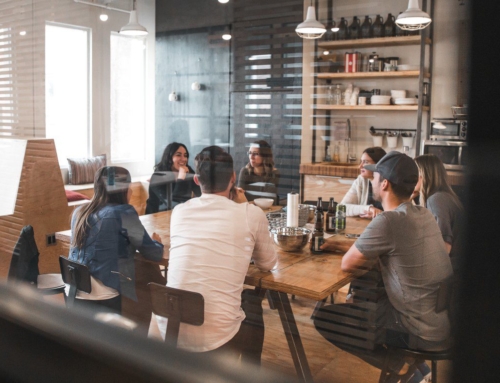The evolving dynamics of remote work and office-based operations have raised important questions about the existing workplace infrastructure and its compatibility with the current workforce. Redd Zebra recently consulted with prominent tenant representatives who have observed a fundamental shift in the way we work over the past two years. While corporations and governments encourage a return to physical offices our central business districts (CBDs) grapple with accommodating the changing needs of employees and white-collar workers increasingly embracing the flexibility and freedom that comes with choosing their work locations. Many individuals now prefer to spend their working weeks away from traditional office settings.
Tanya Zealey from Ellivo noted that the industry is experiencing a transformation due to the rise of remote work. Dedicated workstations are transitioning into agile environments, and offices that are relocating or downsizing are prioritizing minimal workstations to maximize quiet spaces, collaboration areas, and diverse work settings. In this context, employers must now attract staff to the workplace through thoughtful design, fostering a positive culture, and promoting employee well-being. Consequently, the traditional office layout, with its cubicles and fixed workstations, requires a comprehensive overhaul. However, this raises the question of what happens to the existing office fitouts and whether we inadvertently exacerbate the problem of landfill by addressing work-life balance issues. It is crucial that we approach tenant requirements creatively while being mindful of their changing needs. Building managers, project managers, architects, interior designers, and specifiers also bear the responsibility of considering the lifecycle cost and carbon footprint when assisting tenants with the new office layouts.
In our previous article, we discussed the GHG Protocol and the three scopes of emissions (Scope 1, 2, and 3), highlighting the challenges associated with administering and complying with the existing reporting frameworks and regulatory requirements. Although Scope 3 emissions are not currently reportable in Australia, they constitute a significant portion of many companies’ emissions and are increasingly included in reporting frameworks globally. Scope 3 emissions encompass those generated indirectly by a company’s operations, not from sources it directly owns or controls. The contribution to landfill and the resulting emissions from the turnover of office designs, whether through waste, transportation, or the manufacturing of new replacement products, form part of Scope 3 emissions.
According to Cleanup Australia, the traditional linear economy operates at a rate estimated to be 1.7 times the sustainable capacity of the Earth in the long term. This means that the conventional “take, make, and waste” model depletes resources at a pace that takes the Earth 1 year and 8 months to regenerate what is consumed in just 1 year. In contrast, the circular economy, which emerged in the mid-1970s, advocates treating every resource as valuable, striving for zero waste by extending the lifespan of materials and repurposing them at the end of their useful life. This approach is encapsulated by the three “R’s”: Reduce, Reuse and Repurpose. Of course there are more R’s Refuse (avoid), Rethink, Repair, Recycle and Recover. By following these principles, we can reduce the need for excessive extraction of virgin materials and minimize greenhouse gas emissions.
Now, let’s examine the impact of these principles on office fitouts. Traditionally, Australian offices undergo refurbishments every six to eight years. With technological advancements accelerating the evolution of work trends, and the added complexity of hybrid working, new office designs emphasize collaborative spaces, town hall meeting areas, quiet zones, and flexible layouts to accommodate future workspace iterations. Many incoming tenants opt for new office fitouts, leaving landlords responsible for managing the removal of old and outdated fittings and furniture that have been fully depreciated and hold no financial value. However, it is vital for environmental preservation that we handle makegoods and existing fitouts in a manner that does not contribute to landfill.
To prevent landfill, design and forward planning play crucial roles. Tanya Zealey stressed the importance of considering waste management throughout the lifecycle of office fitouts. Although it is challenging to predict precisely what the future workspace will look like, one thing is certain: the design and layout of modern office environments will continue to evolve. Historically, approximately 80% of office furniture and fittings have ended up in landfill. However, some landlords have taken proactive steps to address this issue.
For instance, when National Australia Bank vacated ISPT’s 500 Burke Street building, they left behind “15,211 desks and chairs, 42,000 square meters of ceiling tiles, 173 white goods, and about 1000 blinds.” ISPT, highlighted that the industry has struggled to effectively address this problem on a large scale, as sustainable solutions often prove to be expensive, time-intensive, and complex, requiring collaboration with a network of willing and knowledgeable partners. In a rare opportunity created by a major tenant’s departure, ISPT partnered with not only NAB but also a specialized office makegoods group. Through this collaboration, ISPT successfully reused 85% of the contents removed from 500 Burke Street and donated $200,000 of the proceeds to the Property Industry Foundation (PIF) Furniture Fund, supporting at-risk youth in Victoria.
ISPT is not the only organization embracing sustainable practices. Mirvac has implemented several initiatives aimed at reducing landfill and repurposing waste materials. As of FY2021, Mirvac has made significant progress in diverting 95% of construction waste and 69% of operational waste from landfill. These efforts have resulted in lower waste management costs and reduced associated emissions.
The challenge for smaller landlords and building managers, who may be in the early stages of their sustainability journey, is to start asking critical questions about makegoods and waste management:
- Where should redundant fitouts be directed?
- How can we effectively measure and monitor waste?
- What opportunities exist for repurposing and reusing non-biodegradable materials?
- Do incentives need to support investment in high-quality materials that can be used for longer than a single tenancy period?
- Should landlords take a stronger stance on the products and practices used within their buildings?
Fortunately, there are now numerous companies that can collaborate with us to develop sustainable solutions that benefit both the planet and the bottom line. At Redd Zebra, we have always prioritized the sustainable and efficient management of existing buildings. We take pride in working closely with our clients to implement environmentally friendly policies and achieve sustainable outcomes.
Keith Merry, Redd Zebra’s Managing Director, shares our commitment to environmental stewardship. In 2021, he completed a Cambridge University Circular Economy and Sustainable Strategies course to enhance his expertise in environmental, social, and governance (ESG) matters. As part of the Circular Economy & Sustainable Strategies Collaborative Group (CESSCG), a global initiative, Redd Zebra provides voluntary administrative support, and Keith contributes as a member of the Governance and Oversight Team.
If you would like to learn more about our services, please email admin@reddzebra.com or contact one of our offices.
References:
- Cleanup Australia. “Circular Economy – The Problem.”
- Johanson, Simon. “Office Furniture Headache.” The Sydney Morning Herald, 18 May 2022.
- “Mirvac Wheels Into the Circular Economy to Help Meet Zero Waste Target.” Mirvac, 26 April 2022.
If you wish to know more about our service offering please email admin@reddzebra.com or contact one of our offices.
Helpful links: Better Building Partnership – Stripout Waste
Special thanks to our copy writer Christine O’Hara cohara@cohesivecopy.com.au






